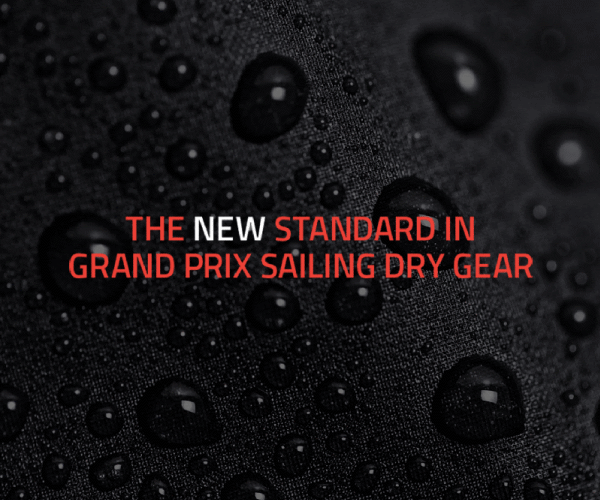When skinny fittings aren't worth a brass razoo
by Mark Rothfield/Sail-World on 8 May 2012

What made her sink? Was it an inferior skin fitting? SW
The field of engineering is littered with tales of the $2 part causing catastrophic failure. Race car drivers have been let down by single nuts, masts lost with the failure of a shackle. But what if a someone knowingly used an inferior part that caused a boat to sink? What if they did it just to save a few dollars, or euros? Naval architect Peter Brady claims it's happening.
Brady claims that it’s happening in Europe with the use of common brass skin fittings and valves in production boats built since 1998 using the CE Standards.
Apparently the standard was rewritten to require that fittings need only be corrosion resistant for five years. Some boatbuilders quickly began using common brass instead of DZR brass, silicon bronze, stainless steel or composites for skin fittings and valves.
Common brass is much cheaper.
'We are not talking about a few budget price boats here, some of Europe’s largest and best-known builders have been named,' Brady said.
'In the UK they have found total failure in fittings as little as four years old, which could have led to the boat sinking.'
Shipwrights in Australia have also confirmed they are replacing underwater fittings on European-built boats as little as two years old, and it takes little stretch of the imagination to see a fatality in the wind.
So if you are in the market for a European boat any time soon, have them checked and insist on the best possible quality for all thru-hulls.
Paul Brady, B.E. (Civil), 2A Hons, is a member of the UK Institution of Civil Engineers and has a 25-year career in engineering, specialising in marine projects.
If you want to link to this article then please use this URL: www.sail-world.com/97049

